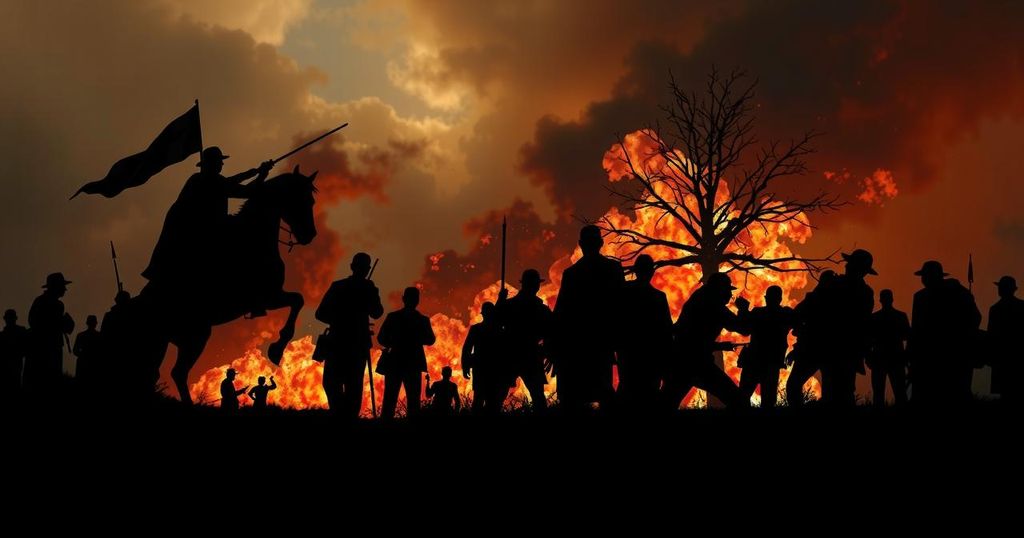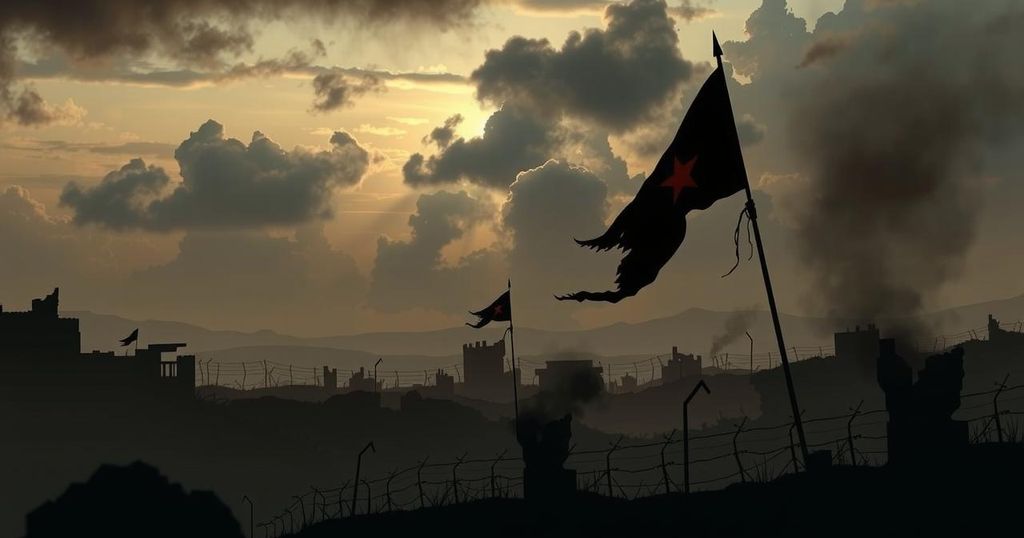Understanding the Dynamics and Consequences of Civil War
The phenomenon of civil war represents a profound and violent struggle within a state, manifesting as a conflict between the state’s authority and organized non-state actors operating within its territory. This definition clearly delineates civil wars from other forms of violent conflict, including interstate warfare, riots devoid of state involvement, and the acts of genocide or terrorism perpetrated by unstructured groups.
Civil wars take on various forms and can be categorized in numerous ways. One fundamental distinction lies between those conflicts that seek territorial autonomy or secession and those that aim for control of the central government. The latter can involve insurgents from the state’s own military apparatus engaging in coups, as well as external challengers aiming at overturning the existing political establishment. Furthermore, analysts often classify civil wars as either ethnic or revolutionary in nature, depending on whether the insurgents and the ruling government represent different ethnic identities or whether changes in social order are the primary objective. It is also critical to note that many civil wars incorporate elements of both ethnicity and ideology, with insurgent goals evolving over time from regional autonomy to aspirations for complete state control.
The history of armed defiance against state authority is as old as states themselves, with the prevalence of civil wars illustrating a stark contrast to the typically shorter duration of interstate conflicts. Civil wars frequently extend over protracted periods, are less likely to be concluded through formal treaties, and have a higher recurrence rate. The post-Cold War era raised concerns among experts regarding an anticipated spike in civil conflicts. Contrary to these fears, the incidence of new civil wars declined relatively after an initial surge, though the absolute number of ongoing civil wars remains significantly high.
Surprisingly, while civil wars may result in fewer direct battle deaths compared to interstate wars, they are far more common and prolonged. Indeed, the overwhelming majority of battle-related fatalities since the Cold War have occurred within civil conflicts. Moreover, the repercussions of such wars extend beyond mere casualties, as nations engulfed in civil strife often experience substantial declines in GDP, interruptions in trade and investment, and impairments to societal structures, including unemployment among former combatants and significant populations of displaced persons. The adverse effects of civil wars also resonate across borders, potentially destabilizing neighboring nations and creating environments conducive to further violence.
Civil wars are notably frequent in poorer societies. Initial analyses of violence in these contexts attributed motivations to economic deprivation and grievances stemming from inequality. The perspective of nationalist conflicts posits that groups, regardless of their economic status, may resort to rebellion if they perceive that independence would offer them better prospects. Latin American civil conflicts exemplify this framework, often framed around issues of land distribution and income inequality.
Some scholars contend that civil wars primarily emerge in the context of weak state structures, with economic development influencing this vulnerability. The availability of opportunities for insurgency often correlates with the potential for participants to benefit materially from warfare, such as through the exploitation of valuable natural resources. The prevalence of civil conflict in Africa has been similarly interpreted through this lens.
Political marginalization, including historical colonial oppression and deficient political rights, serves as another plausible impetus for civil strife. Ethnically diverse nations are less prone to conflict when they establish robust political institutions or grant autonomy to ethnic groups, ensuring that access to power does not solely correlate with ethnic majority status. Protests against authoritarian regimes often descend into violence, as these governments respond to demands for greater political rights with severe repression. In such contexts, civil unrest may lead to sustained conflicts, reflecting the broader aspirations for political freedom.
Furthermore, it has been noted that structural factors influencing civil war dynamics tend to change slowly or remain static over time. These factors encompass indicators of state weakness, elite divisions, or phenomena that facilitate group mobilization towards protest. Existing civil war theories often align with this perspective, suggesting that signs of weakened state authority or regime changes can encourage groups to pursue agitations for greater rights or concessions from the government. Economic downturns and natural disasters similarly heighten the risk of conflict by establishing a conducive environment for anti-government protest.
The interaction of global forces also plays a critical role in shaping civil wars. Many conflicts are not isolated to national borders, as ethnic communities frequently extend across them, enabling the transnational exchange of support and resources for insurgent movements. The complexity of international borders complicates governmental responses to insurgencies based in neighboring states, as these boundaries, while symbolically significant, do not impede military engagements. Moreover, instability in one state can incite further violent mobilization in adjacent regions, sometimes inspiring insurgencies and leading to cross-border conflicts with significant geopolitical implications.
In conclusion, civil wars underscore the multifaceted and intricate nature of violent conflict, interwoven with issues of economic disparity, political repression, and international dynamics. Their persistence poses substantial challenges not only for the affected nations but also for the broader international community, accentuating the critical need for effective conflict resolution and peace-building strategies.








Post Comment